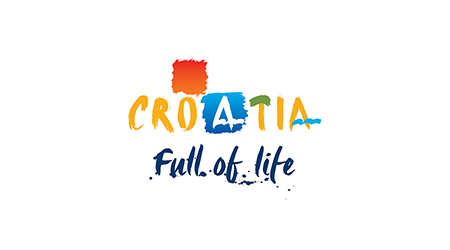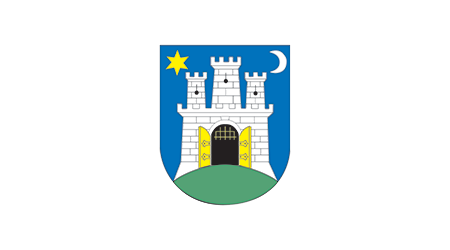ZTB (Zagreb Tourist Board) uses "cookies" to provide better user experience and track website traffic. You can change the settings regarding accepting cookies in your internet browser. By continuing to use the site, you agree to the use of cookies for the above-stated purposes. Click "I agree" to continue. You can read more about cookies here.
 Hrvatski
Hrvatski English
English Deutsch
Deutsch Spanish
Spanish French
French Italian
Italian Russian
Russian Korean
Korean Japanese
Japanese Chinese
Chinese







